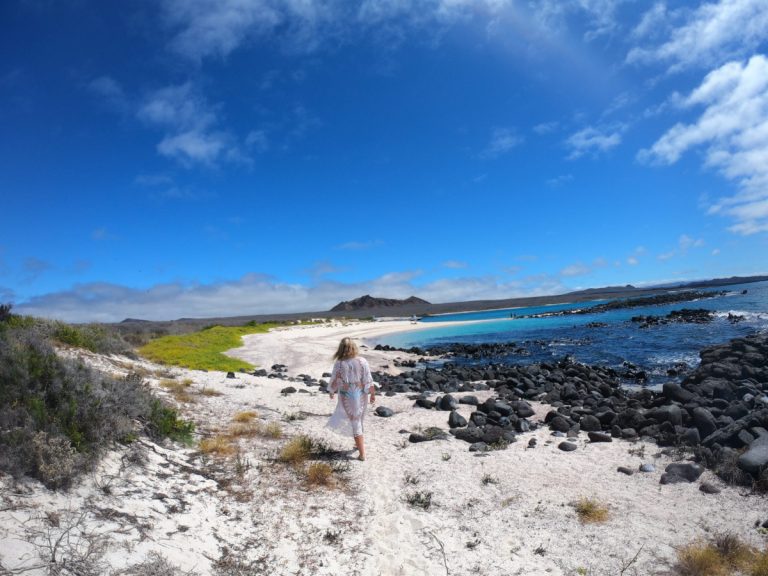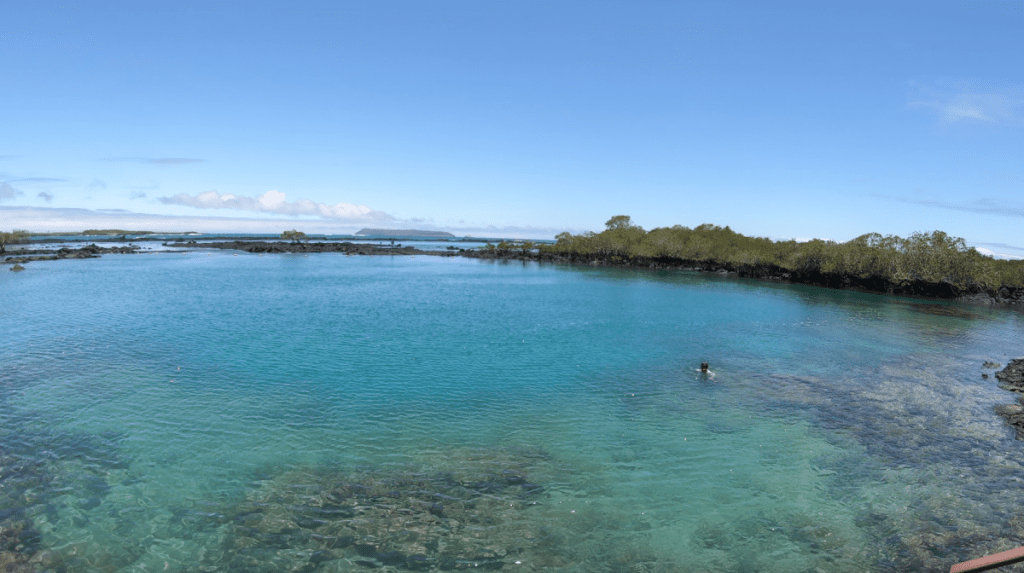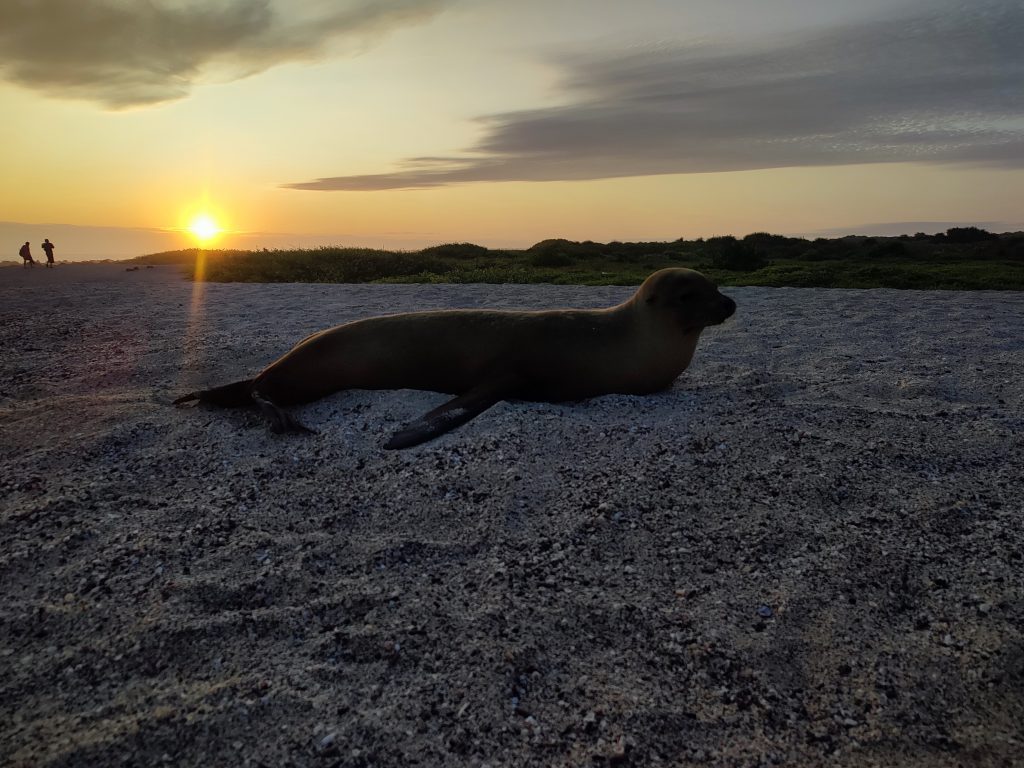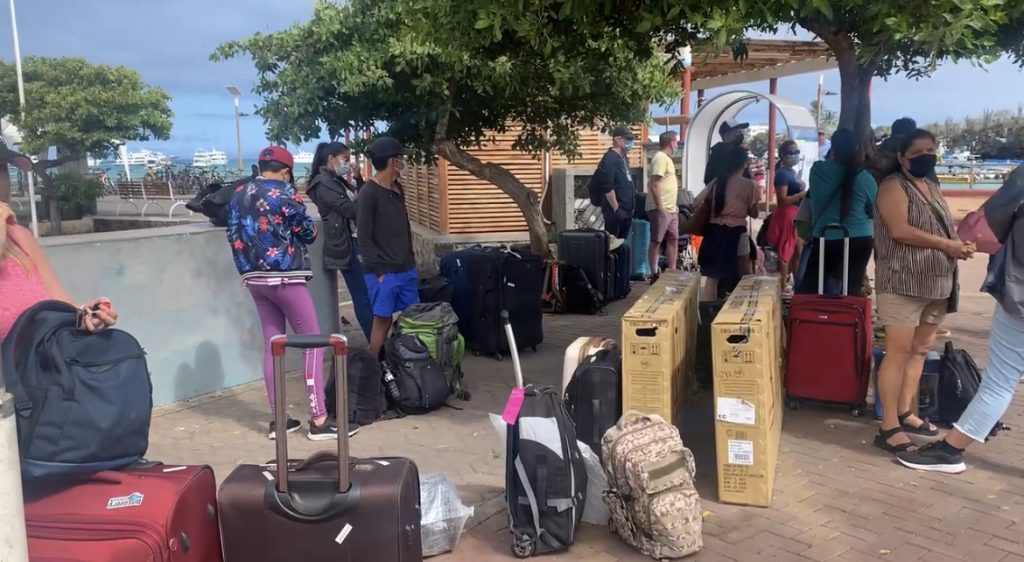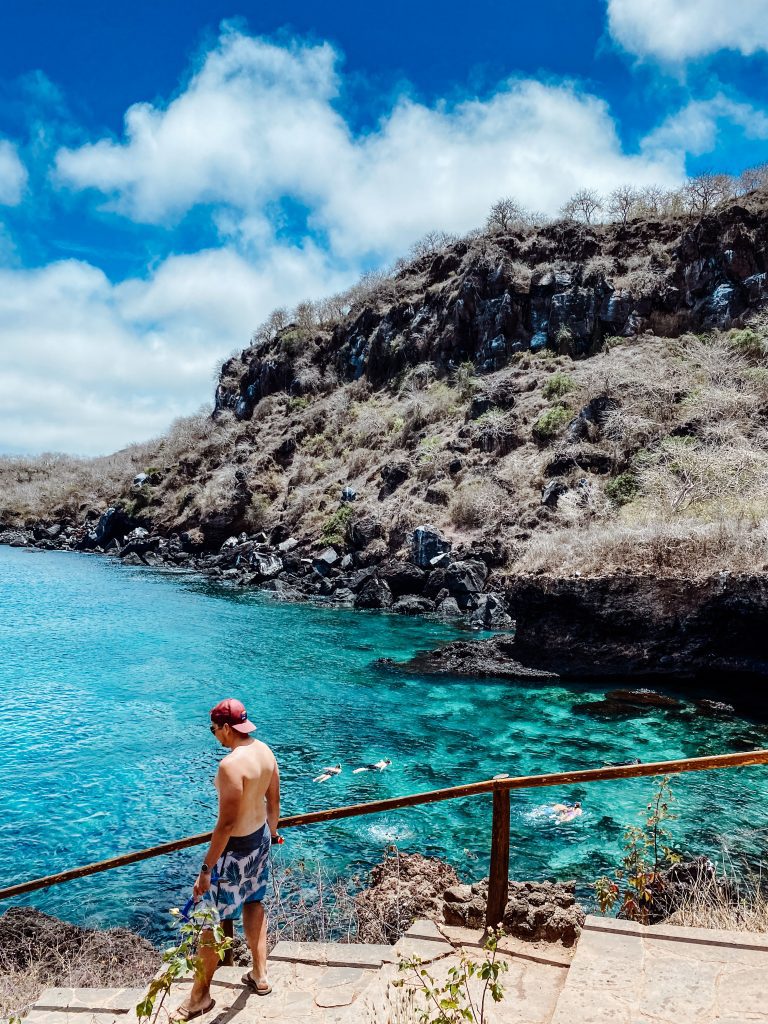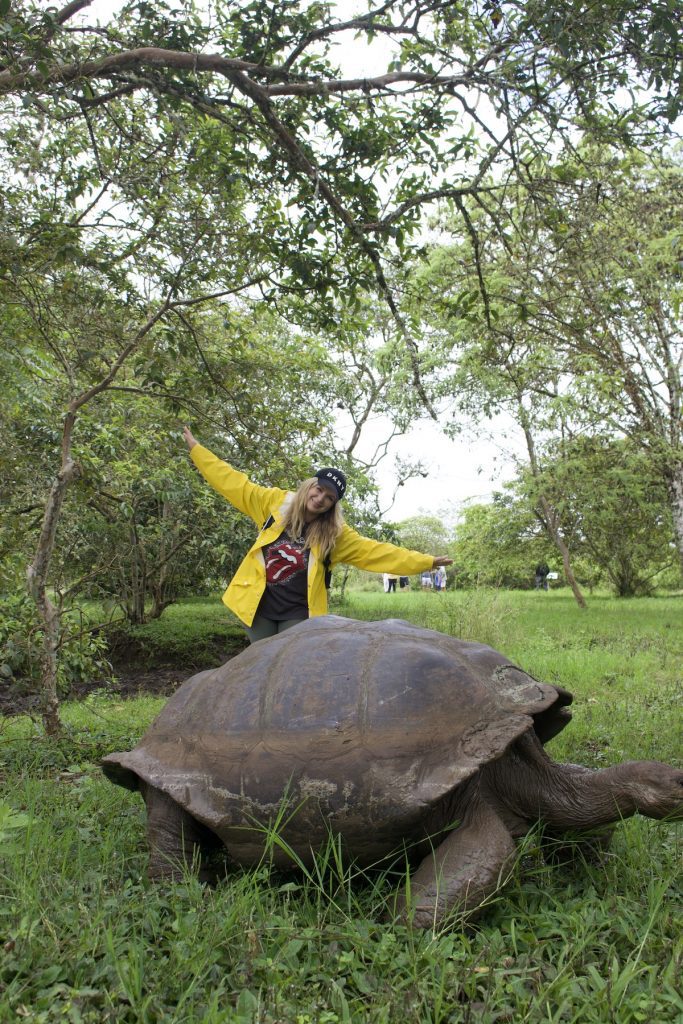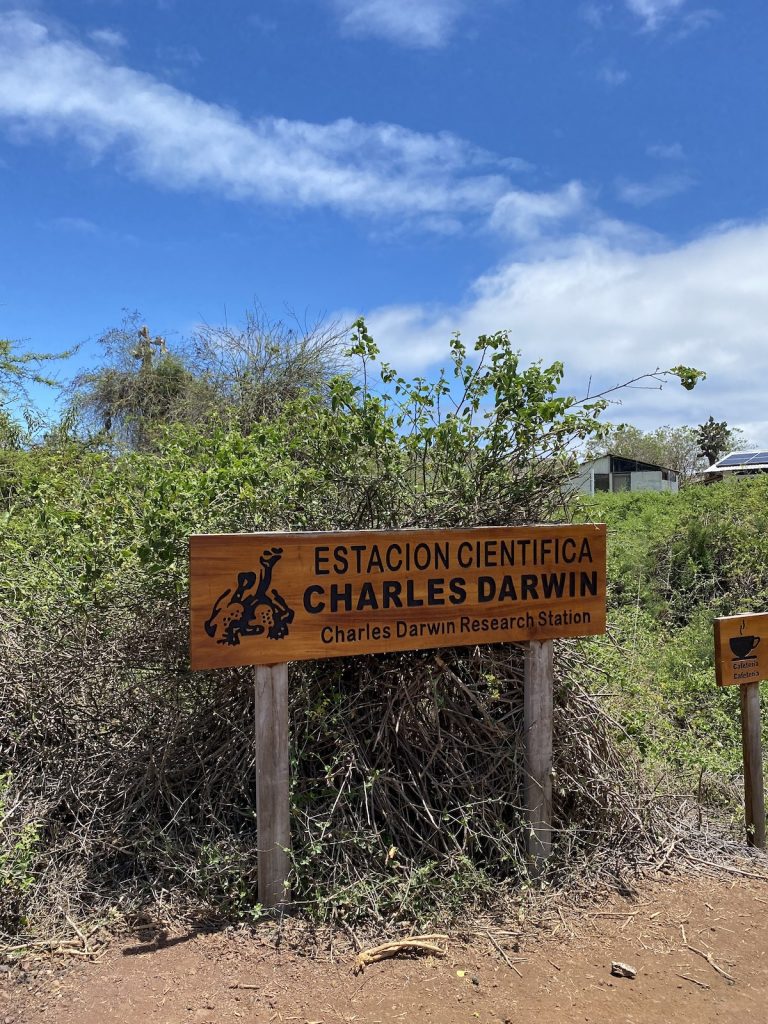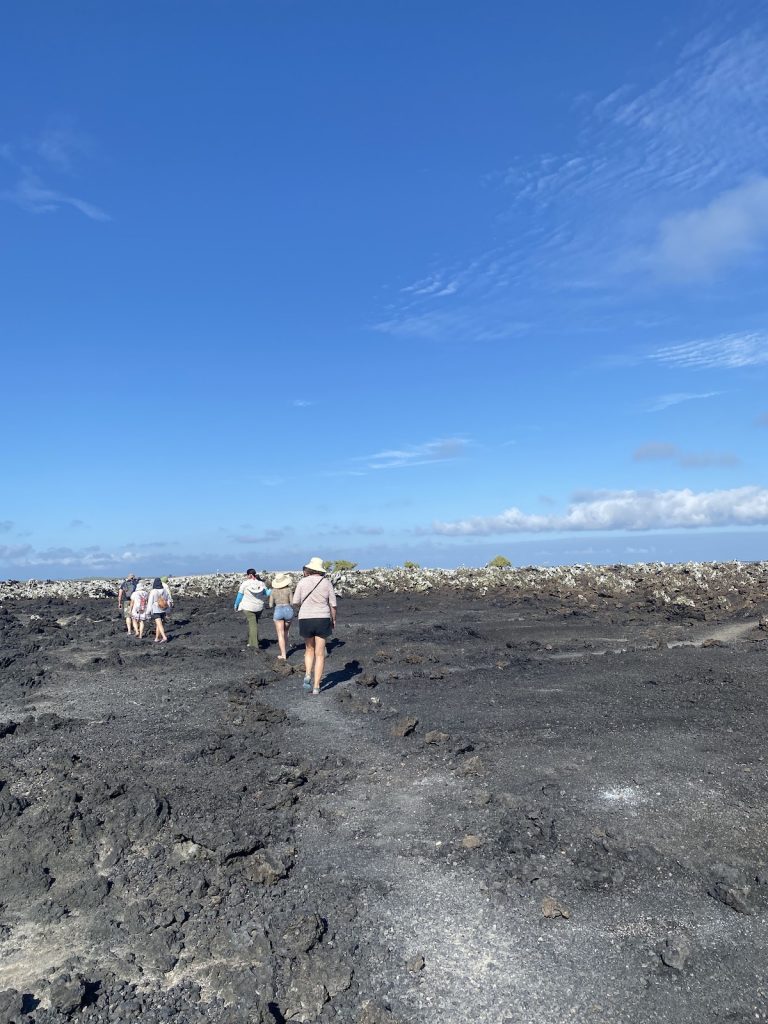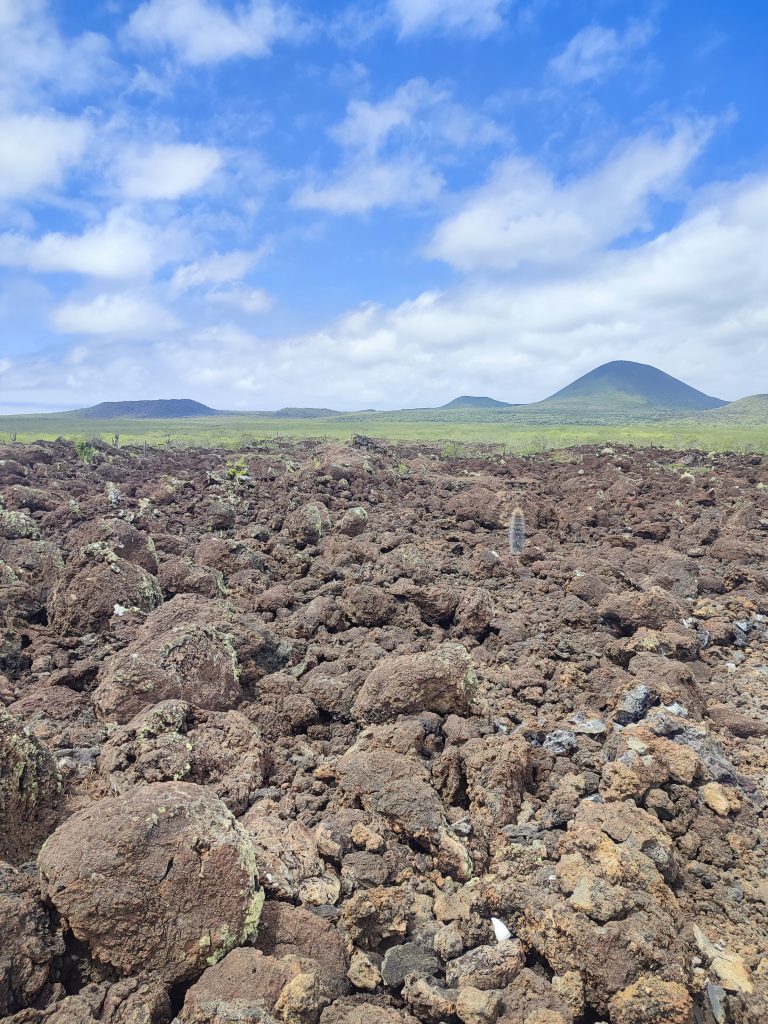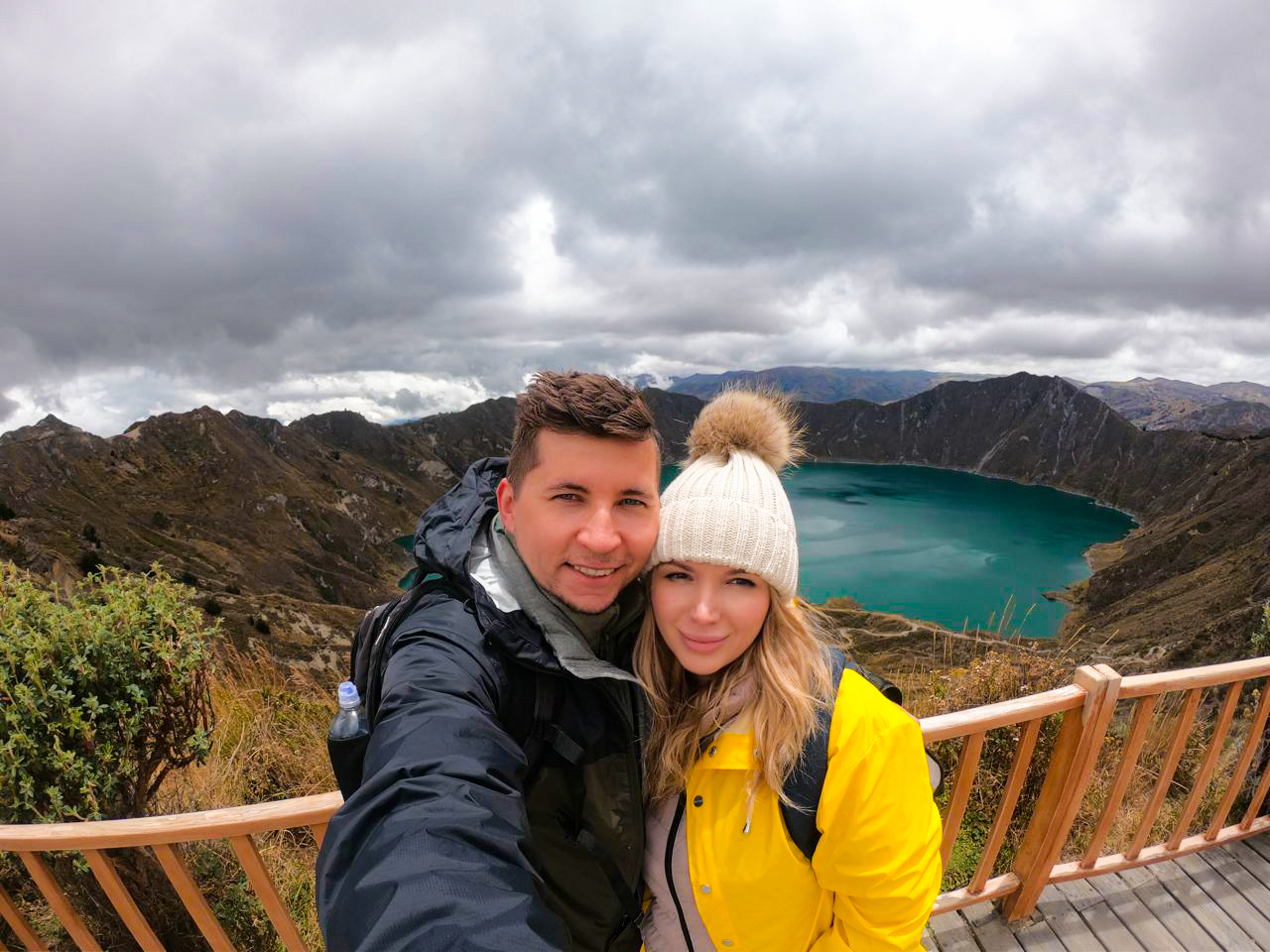July is peak season in the Galapagos, drawing in families from around the world and locally. My wife and I found it a wonderful time to visit, with the cooler seas, abundant marine life, and fantastic birdwatching opportunities.
July is ideal for family vacations filled with adventure—trekking, diving with sharks and whales, and swimming alongside crustaceans and mollusks are just a few of the highlights. Around the islands, we loved watching the sea lions and their adorable pups lounging in the sun, and catching sight of blue-footed boobies going about their daily routines added even more charm to our experience.
In this article, we will share travel highlights and tips for visiting the Galapagos Islands in July. You can also check out my video:
Looking back, visiting in July required advance planning – from securing spots on popular cruises to timing wildlife encounters during peak season. Skip the uncertainty I faced and get a FREE personalized Galapagos trip quote from my trusted local experts who know exactly how to maximize your experience during this busy month. Your booking helps support both this blog and local Galapagos communities.
Table of Contents
Galapagos in July: A Quick Glance
- Air temperature: 22-25°C / 72-77°F
- Sea temperature: 20-22°C / 68-72°F
- Average rainfall: 1.4cm / 06in
- Clear skies: 6-7 hours
In July, the seas in the Galapagos can get a bit rougher, and the winds tend to pick up. While we definitely noticed the winds were stronger, they’re nothing like the intense speeds you’d find in places like the Caribbean. The breeze added a refreshing touch, especially on warmer days, though it’s something to keep in mind if you’re prone to seasickness. For us, it was all part of the island’s dynamic environment, adding a bit of excitement to our boat trips.
Galapagos in July: Wildlife
Aside from vast marine life, the Galapagos Islands’ avian life is also bustling in July. During this month, the following birds are nesting:
- Blue-footed boobies
- Red-footed booby
- Masked booby
- Frigate birds
- Waved albatross
Galapagos in July: Tourist Crowds
July is one of the busiest months in the Galapagos, with visitors from around the world flocking to the islands. The marine life is thriving, drawing in adventurous travelers as well as water sports enthusiasts for activities like surfing and diving. Galapagos Islands cruises, especially those offering snorkeling and diving, tend to sell out fast, so booking early is a smart move.
Prices for activities and flights do go up this month, but with some advance planning, my wife and I found great deals on hotels by booking ahead. While it’s possible to arrange land-based excursions on the spot, we recommend reserving in advance for a smoother experience. Overall, July is one of the most vibrant and exciting months in the Galapagos, with endless sights and activities to enjoy.
Galapagos in July: Weather
In July, the weather in the Galapagos is pleasantly cool, with a slight drop in air temperature and cooler seas, marking the second month of the dry season, or garúa. Being one of the “coldest” months, it’s perfect for land activities like trekking and wildlife observation, while the water remains comfortable enough for swimming and snorkeling.
The seas do get a bit rougher in July, so if you’re planning a boat excursion, be prepared for a bit more motion. We noticed that while the winds are stronger, they’re still much gentler compared to places like the Caribbean. Nights can get cool, so we found it handy to have some warm clothing on hand. A wind jacket was especially useful, particularly on boat trips, adding just the right amount of warmth and protection.
Trust me, while July is busy, the incredible wildlife viewing makes it worth it! Want an expertly planned itinerary that balances whale watching with bird nesting seasons while avoiding the biggest crowds? Get a FREE quote from my recommended local agency. Your booking supports this blog and local Galapagos businesses.
Galapagos in July: Activities
In July, even though the garúa season slightly reduces water clarity, underwater visibility is actually better than in previous months. The cooler weather makes it an ideal time for trekking and exploring the islands, which was a huge plus for us. We enjoyed the milder temperatures as we wandered around, especially during our visits to the Charles Darwin Research Station and El Chato Tortoise Reserve (Turtle Ranch) on Santa Cruz Island. These spots offer a unique glimpse into Galapagos conservation efforts, and July’s comfortable weather made it all the more enjoyable.
July is a fantastic month for birdwatchers in the Galapagos, with abundant birdlife across the islands. We found Fernandina Island especially captivating, where flightless cormorants are in the midst of their courtship and nesting season. Over on Española Island, we were lucky to see the rare blue-footed boobies performing their charming courtship rituals, with eggs, juveniles, and young adults scattered across the landscape.
With marine life activity at a high, July also offers excellent opportunities for spotting whales, including humpbacks, and for snorkeling. We even got the chance to dive with some of these magnificent creatures—an unforgettable experience. Galapagos sea lions are also abundant during this time, actively spawning and adding a lively energy to the islands. The combination of active bird and marine life makes July an incredible time to experience the diverse wildlife of the Galapagos.
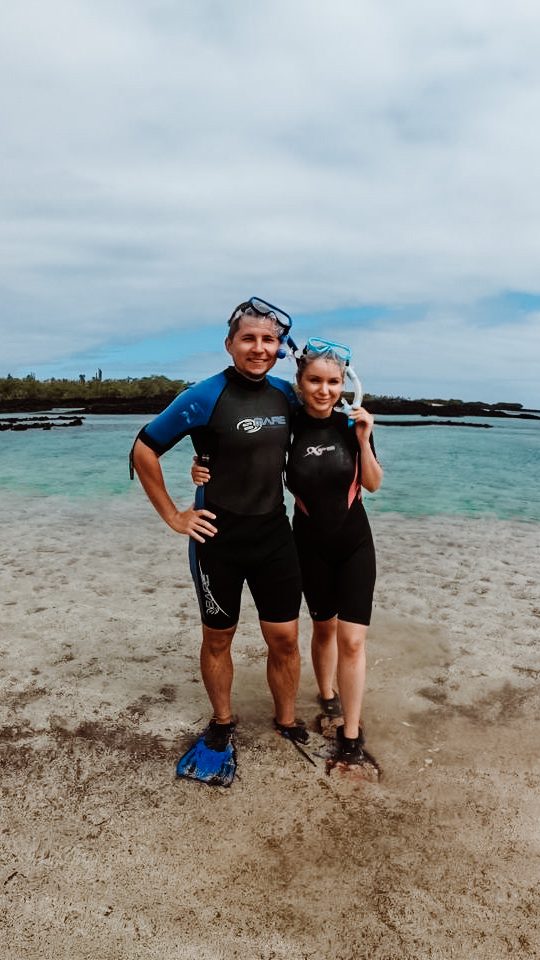
Planning trip to Galapagos Islands?
My wife and I spent two weeks on these magnificent islands, visited nearly every possible tour, and explored as much as we could. I shared all the important details in my comprehensive Galapagos Islands Travel Guide, where I cover everything you need to know about planning a trip to the Galapagos.
Galapagos Islands travel might surprise you with extra fees to enter the islands, the complicated logistics between islands, booking tours, and knowing which spots are free to explore and which ones are not. I’ve covered it all in this Galapagos Travel Guide.
Also, if you’re planning a trip to the Galapagos, make sure to use my link for discounted hotel prices via Booking.com. It really helps support my blog!
Bottom Line
July is truly a fantastic month to visit the Galapagos Islands. The dry, pleasant weather makes it perfect for hiking, and there are incredible wildlife viewing opportunities, especially for nesting and hatching species. Whale watching is also at its best this time of year. Since July falls within the peak season, we found that planning and booking in advance ensured a smooth and hassle-free experience. It’s a month filled with vibrant wildlife and comfortable weather, making it an ideal time to explore the islands.
Plan perfect trip to Ecuador & Galapagos
I spent countless hours researching everything about traveling to Ecuador, and I created this blog for fellow travel enthusiasts who want the best, most reliable information. But if you want to save time, we’ve partnered with the top local agency to plan your dream trip.

